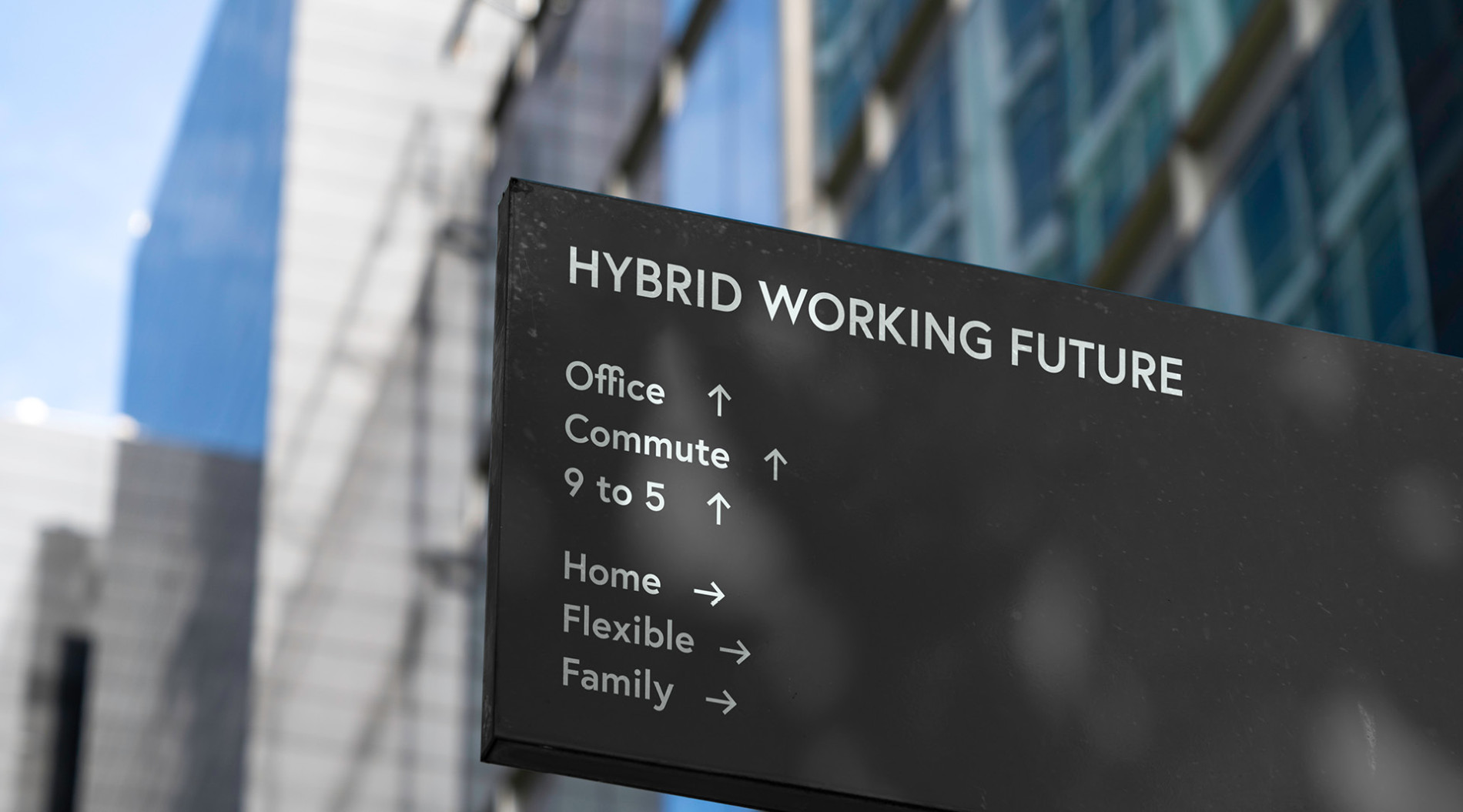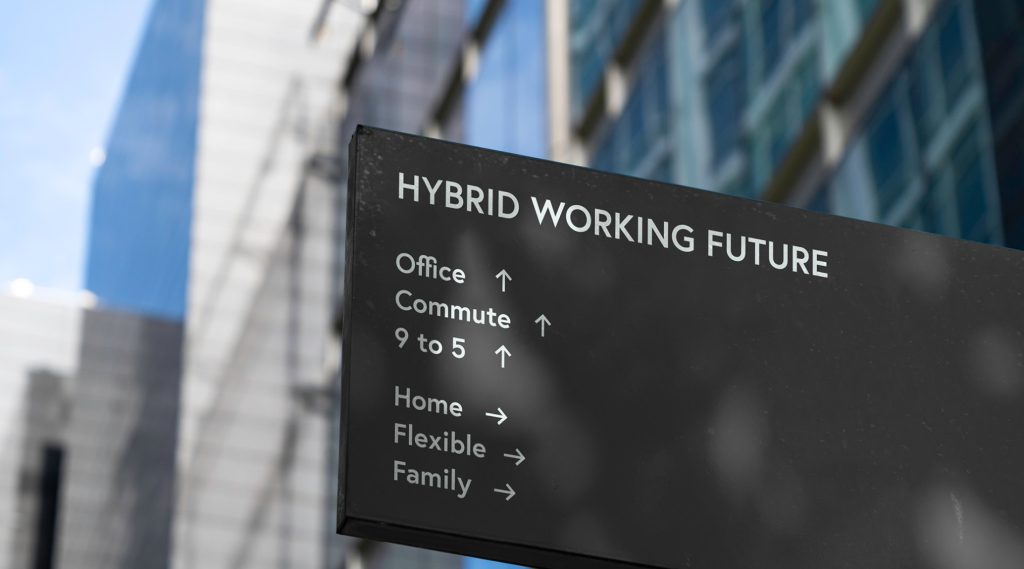The Role of Job Rotation in Developing a Multi-Skilled Logistics Workforce
The distribution of most of Australia’s population into large cities set at vast distances from each other and from agribusiness and resources outposts means that the nation is heavily dependent on a logistics industry workforce functioning at maximum capacity. Logistics job rotation can help to ensure that the sector has a highly efficient and multi-skilled labour pool to serve its expanding economy.
21st century conditions demand a multi-skilled logistics workforce
The COVID pandemic highlighted the extent to which we rely on an effective and resilient logistics industry to deliver supplies without interruption to businesses and homes, keeping manufacturing, retail, services, primary industries, imports and exports in constant operation. As the Australian economy evolves, so does the logistics industry that serves it.
Technological advancements
Recent developments in technology, such as artificial intelligence (AI), the internet of things (IoT), blockchain, cloud computing, robotics, autonomous vehicles and drones, all add to the need for technological skills development in logistics industry workers.
Innovation
It’s a given that the pace of change will only increase. A multi-skilled workforce is future-ready, not only prepared for innovation, but qualified to drive it.
Supply chain complexity
The interconnectedness and interdependence of supply chain networks means that logistics industry employees must understand the ramifications of their own activities on other parts of the system.
Changing customer expectations
The combination of the rise in e-commerce and today’s digital lifestyle has had a significant impact on customer expectations. Consumers require faster delivery times and cheaper and more sustainable delivery methods, which can only be achieved by an agile workforce with evolving skills.
Demand for operational efficiency
The requirements of company shareholders, customers, government policymakers and regulators are driving the demand for operational efficiencies in terms of costs, pricing, sustainability and emissions. Human resources need to be allocated in a way that will deliver them, meaning that employees ideally need more than one expertise and preferably several.
Resilience
The COVID pandemic illustrated the need for a resilient and adaptive workforce that can move quickly to fill gaps and manage risks created by changing scenarios.
Advantages of a multi-skilled logistics workforce
There are huge benefits to be gained from skills development in logistics.
Enhancing operational flexibility
By widening the skills base of individual employees, a viable source of adaptability in task allocation becomes available, to meet sudden surges in demand, cyclical fluctuations and any unforeseen circumstances.
Mitigating talent gaps
Allowing employees to learn skills – outside their normal roles – that are in short supply in the organisation can reduce the possibility of future talent gaps. Additionally, temporary rotation of potential future leaders into more senior positions will help with succession planning.
Allocating resources efficiently
Exposing employees to new areas of activity also reveals their inherent capabilities – the tasks at which they excel, or the jobs which they may perform less efficiently. This enables more effective allocation of human resources, where employees are assigned to roles in which they are most competent.
Fostering continuous learning
If employees can see ways in which they can participate in skills development, grow professionally and advance their career, they are more likely to feel engaged with their current role and anticipate a promising future with the company.
Creating a multi-skilled logistics workforce by job rotation
A multi-skilled logistics workforce can be created by temporarily rotating employees into different positions, or into different tasks within the same role. Job rotation benefits both employers and their employees in several ways.
Cross-functional learning
When employees learn a new skill that is not part of their core role, they can act as a backup resource in times of need.
Enhanced problem solving
A worker with experience in another part of the business can bring a new approach to solving problems when rotated into a different position.
Adaptability
A workforce comprising employees who each have several competencies is more agile and adaptable in times of stress or crisis.
Professional growth
A recent Gallup report revealed that 59% of millennials and 44% of Gen Xers say that opportunities to learn and grow are extremely important to them when applying for a job. Employees who are encouraged to develop new skills are less likely to leave in search of career advancement.
How logistics industry job rotation improves collaboration
Job rotation and knowledge sharing amongst employees can enhance collaboration and teamwork, by:
- Cross-pollinating ideas when employees from different departments come together.
- Breaking down knowledge, information and goal silos created when teams are disconnected and don’t talk to each other.
- Demonstrating different learning perspectives when newcomers enter a team.
- Transferring specialised knowledge from more experienced employees to younger personnel and trainees.
- Institutionalising knowledge by sharing it across as many departments as possible.
- Providing mentoring and coaching opportunities automatically arising from a temporary rotation into a more senior role.
How logistics industry job rotation boosts employee engagement
There are multiple ways in which logistics job rotation can also enhance employee satisfaction and improve retention rates:
- Avoidance of boredom and fatigue when employees with monotonous or physically demanding jobs are regularly rotated into other areas.
- Development of skills and personal growth, increasing job satisfaction.
- Exploration of career possibilities by exposure to different departments and alternative roles.
- Recognition and advancement opportunities when an employee demonstrates a capacity to shine in a previously unfamiliar sphere.
10-step plan for implementing logistics industry job rotation
Once the advantages of job rotation for your logistics organisation are evident, you can follow this guide to put it into practice.
- Clearly define your objectives: Your goals could include targeting skills shortfalls, increasing organisational agility, or improving employee engagement.
- Identify key roles and functions: You may not want to introduce job rotation across the whole company, so pinpoint the roles likely to deliver the greatest benefit.
- Tailor rotation plans: Rather than adopting an ad hoc approach, construct detailed plans for the departments or employees you are concentrating on.
- Provide training and support: Make sure the people involved understand the purpose of job rotation and exactly how it will work.
- Foster collaboration and knowledge sharing: As well as having a formal job rotation program, take steps to encourage the exchange of knowledge and ideas throughout the organisation.
- Communicate and manage expectations: Involve all your employees in the plan by communicating its benefits, challenges and progress.
- Evaluate and adjust: Once the program is underway, monitor it for indicators of success or deficiencies, and make any necessary adjustments.
- Align with employee development: Job rotation should become a feature of professional development and career advancement programs for individual employees, as well as succession planning in your organisation.
- Monitor employee well-being: It’s possible that some employees may experience stress as a result of job rotation and would prefer to stay in their familiar role. Managers need to be on the alert for signs of tension and take appropriate action.
- Celebrate success: When the advantages of job rotation become evident, share the good news throughout the organisation.
Job rotation can be challenging to introduce
Although job rotation is likely to produce highly desirable outcomes, it can be time-consuming and onerous to implement effectively. Adecco’s experts understand the logistics sector and can help your HR department to get the most out of job rotation. Contact us to find out how.











